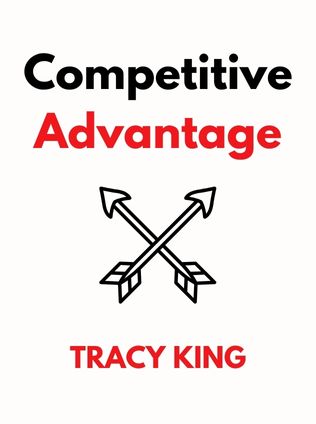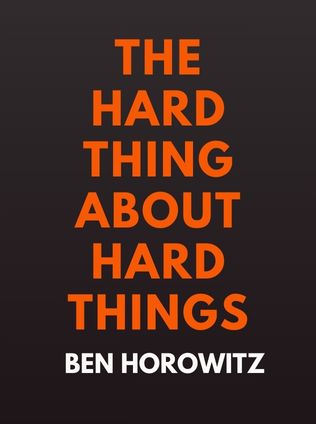
Competitive Advantage
Create Continuing Education That Is Profitable, Sustainable, and Impactful
By Tracy King
Published 10/2019
About the Author
Tracy King is a renowned Chief Learning Strategist and CEO of InspirEd, with over two decades of experience in consulting on education strategy and learning design. She is a thought leader at the intersection of learning science and technology, known for her insightful presentations and writings. Tracy King specializes in helping organizations develop profitable and sustainable continuing education (CE) businesses. Her work focuses on transforming learning programs to make them impactful and relevant in today's competitive market. In her book "Competitive Advantage: Create Continuing Education That Is Profitable, Sustainable, and Impactful," King provides a roadmap for professional associations and educational institutions to navigate the challenges and opportunities in the evolving landscape of continuing education.
Main Idea
"Competitive Advantage" by Tracy King offers a comprehensive guide for organizations looking to build and sustain profitable continuing education programs. The book emphasizes the importance of understanding internal and external forces that affect educational offerings, identifying a unique value proposition, and designing transformative learning experiences. King stresses the need for strategic planning, effective portfolio management, and innovative learning design to stay competitive. The main idea revolves around transforming challenges into opportunities by creating learning programs that are not only profitable but also lead to meaningful and measurable outcomes for learners.
Table of Contents
- Introduction: Embracing Change
- Internal & External Forces
- A New Value Proposition
- Education Strategy
- Portfolio Management
- Learning Design
- Paper Airplane Potential
- Pivot Pain
- Strategy to Action
Introduction: Embracing Change
In the introduction, Tracy King sets the tone by highlighting the dynamic changes in the continuing education landscape. She explains that traditional learning models and pricing structures are becoming obsolete as new, more innovative competitors enter the market. King asserts that organizations must be willing to embrace change and adapt to the new realities of the market. She emphasizes the importance of agility and innovation in creating educational programs that are both profitable and impactful.
"The way professionals develop their careers and access learning resources has changed. To meet these new conditions, you must disrupt the status quo." - Tracy King
King's call to action is clear: organizations need to move away from outdated practices and adopt new strategies that align with current market demands and learner expectations. This sets the foundation for the strategies and insights she shares throughout the book.
Internal & External Forces
King delves into the internal and external factors that can significantly impact an organization's success in the continuing education sector. Internally, issues such as siloed teams, lack of coordination, and inefficient processes can hinder progress. Externally, factors like market trends, technological advancements, and demographic shifts play critical roles. King advises organizations to take a holistic view, recognizing that these forces are interconnected and can influence each other.
Sign up for FREE and get access to 1,400+ books summaries.
You May Also Like
I Am Malala
The Story of the Girl Who Stood Up for Education and Was Shot by the Taliban
By Malala YousafzaiThe Lean Startup
How Today's Entrepreneurs Use Continuous Innovation to Create Radically Successful Businesses
By Eric RiesWho Moved My Cheese?
An Amazing Way to Deal with Change in Your Work and in Your Life
By Spencer Johnson, M.D.Make Your Bed
Little Things That Can Change Your Life...And Maybe the World
By William H. McRavenThe Ride of a Lifetime
Lessons Learned from 15 Years as CEO of the Walt Disney Company
By Robert IgerThe Hard Thing About Hard Things
Building a Business When There Are No Easy Answers
By Ben Horowitz



















